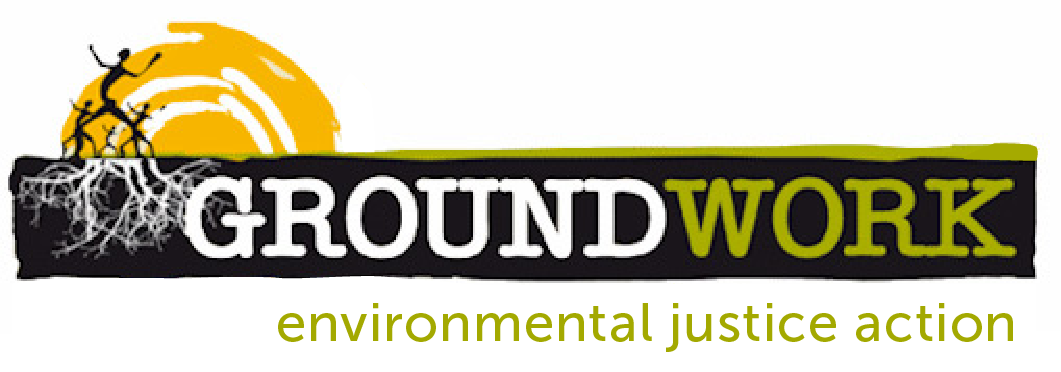
Fact Sources:
- The Myth of Clean Coal
- Guide and Checklist for Phasing Out Mercury-added Products Under the Minamata Convention on Mercury
- Proposed Mpumalanga coal mine at Mabola – who benefits, and at what cost?
- ESKOM’S Application for Postponement OF Air Pollution Standards
- The Vedanta 600MW Coal Plant Fact Sheet
- Why the South African government should say NO to fracking
- Sasol beyond South Africa
- https://groundwork.org.za/wp-content/uploads/2022/07/Mabola-Fact-Sheet-English-Web-Version.pdf10th Anniversary of Ken Saro-Wiwa’s death
- Shell International’s legacy of pollution and damage
- What you need to know about Pesticides
- Flaring
- Mercury – What it can do to you and how to avoid exposure to it
- Fuel Pipelines – Community Action to make fuel pipelines safer
- Why you should say no to incinerators
- Oil refineries, your health and the environment – what you need to know
- What is the Bucket?-
- The Dow Chemical Company
- Pamphlet on PVC and common products containing PVC.
Household Toxic Tour:
There are many, many hidden chemicals in our homes. Some of these chemicals are safe but many of them are toxic (poisonous) to humans. In an average South African home you will find many household products and foods containing chemicals that can make us sick.
These chemicals can be found in various places in your home such as:
- kitchen (for example in foods you are eating)
- laundry and cleaning cupboard (for example in Jeyes fluid or mothballs)
- living rooms (in carpets and furniture fabrics)
- baby’s room (in toys and baby-care products)
- bathroom (for example in air fresheners or cosmetics)
- garage (for example in firelighters and petrol)
- garden (for example pesticides)
- hobby room (various substances may apply)
(clicking on a link above will download a pdf factsheet for that part of your home)
Some of these chemicals may be making us sick (for example, giving us cancer), affecting our brains (for example, making us forget things or making us restless), and affecting our hormones (for example reducing men’s sperm count or causing babies to be born with physical problems). The World Health Organisation says that most cancers are caused from coming in contact with toxic chemicals in our environments.
Even if you buy well-known brands from well-known shops it does not mean the products are safe. There are over 80,000 man-made chemicals in use today and only about 2% of these have been properly tested to see if they are safe for human use. But even some chemicals which have been tested and been found to be harmful are still allowed to be added to our foods and other household products.
Some people think that you can only be poisoned if you swallow something that contains toxic (poisonous) chemicals. This is not true. You can ALSO be affected if you smell (breathe in) toxic chemicals or if these toxic chemicals touch your skin and are absorbed by your body. They can also damage your eyes.
Remember that when you spray chemicals like this into the air, they may disperse but do not disappear! They are still there in the air for you to breathe in! Even substances which appear to be solid or liquid can be giving off toxic fumes (which you can sometimes smell) and which you are breathing in.
Other people may tell you that the concentration (amount) of chemicals in our household products is very low, and therefore you do not need to worry. This may be true sometimes. But we need to also think of the many chemicals in the many different products we eat and use everyday, and how these very many chemicals all add up and mix together to have an added (or multiple) toxic affect.



